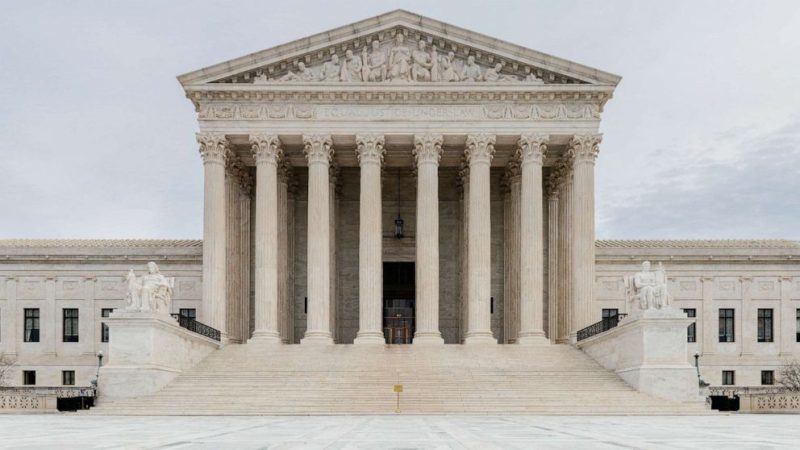
The Supreme Court’s recent 8-0 ruling in *Seven County Infrastructure Coalition v. Eagle County* has significantly altered the landscape of environmental impact assessments for major infrastructure projects. The decision, the first of its kind in two decades, reinterprets the National Environmental Policy Act (NEPA) of 1969, limiting the scope of required environmental reviews and potentially accelerating project approvals nationwide.
The case centered on a proposed 88-mile railway connecting Utah’s oil-rich Uinta Basin to Colorado’s national rail network. While the project’s environmental impact statement already spanned over 3,600 pages, environmental groups challenged its adequacy, arguing it failed to account for secondary impacts like oil spills in the Colorado River and increased greenhouse gas emissions. The lower court agreed, but the Supreme Court reversed this decision.
Justice Brett Kavanaugh, writing for the majority, argued that NEPA’s application had become overly burdensome, hindering infrastructure development. He characterized the law as imposing a “modest procedural requirement” focused solely on the project’s direct impacts, not far-reaching downstream consequences. The court emphasized that agencies should not be held responsible for impacts with an attenuated causal chain – meaning indirect, far-removed effects.
This ruling has significant implications for future projects. The court’s emphasis on “deference” to agency officials suggests a more streamlined review process, potentially reducing delays and litigation. However, the decision has drawn criticism from environmental groups and some state officials, who express concerns about potentially overlooking significant environmental risks. Colorado Attorney General Phil Weiser, for instance, lamented the approval of what he called a “risky scheme” to transport oil near critical water resources.
Supporters of the ruling, including industry groups, celebrate it as a much-needed correction to bureaucratic red tape. They argue that the previous interpretation of NEPA had caused excessive delays and increased costs. Legal experts, such as University of Minnesota Law School professor James Coleman, point to the decision as a shift towards greater judicial deference to agencies conducting environmental reviews, a change that prioritizes a more streamlined process for infrastructure development.
The long-term effects of this Supreme Court decision remain to be seen. While proponents anticipate expedited project approvals and economic benefits, critics worry about the potential for increased environmental risks and a weakening of environmental protections. The coming years will likely see further legal challenges and debates surrounding the interpretation and application of NEPA in the context of large-scale infrastructure projects.










